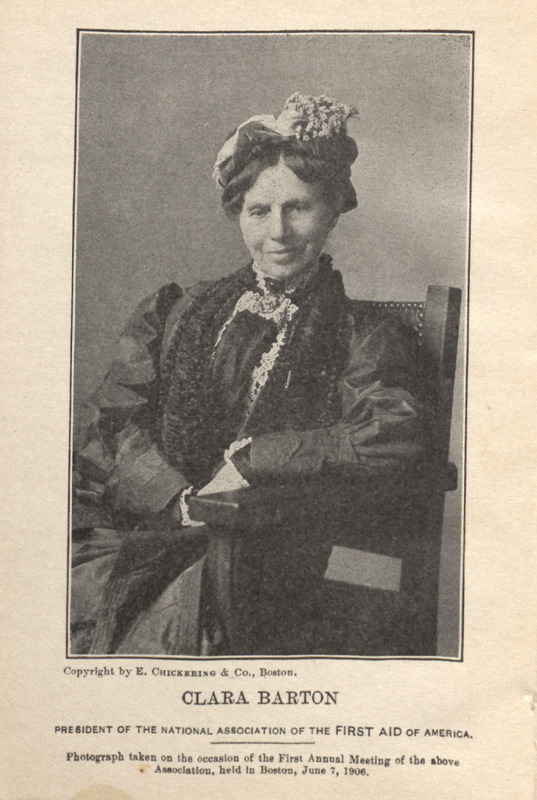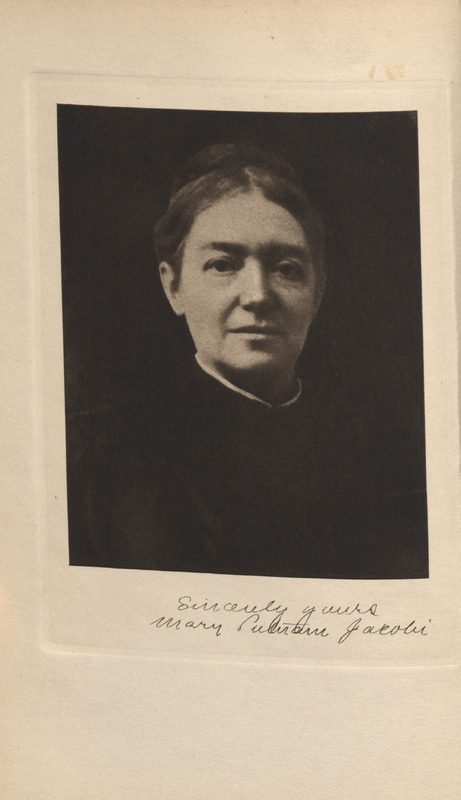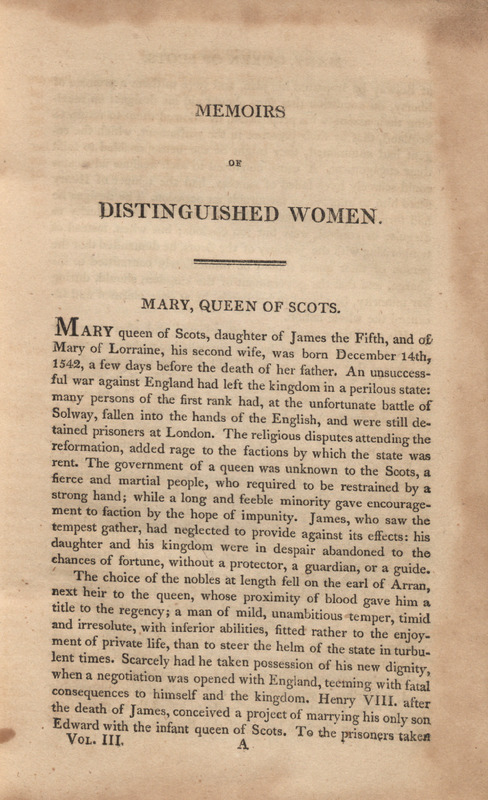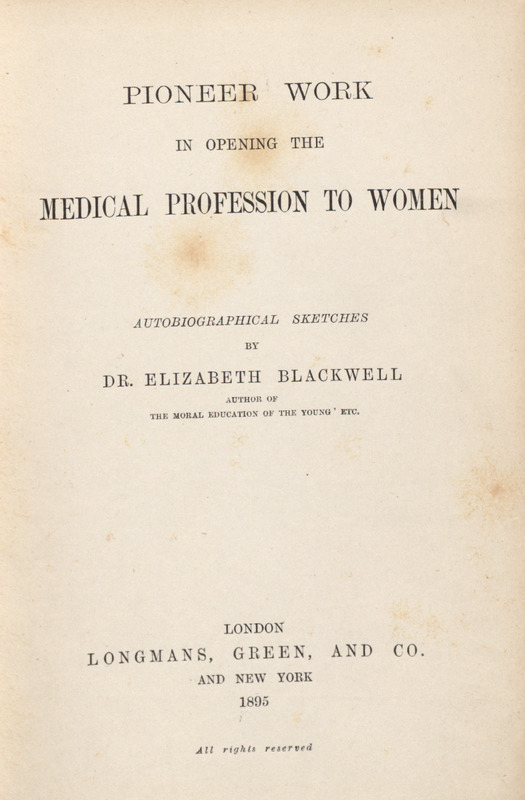The story of my childhood
Clara Barton worked as a nurse for the Union forces during the American Civil War, often near the front lines. After the war, she assisted families in locating soldiers missing or killed in action. While traveling in Europe in 1869, Barton learned about the International Red Cross. Inspired by the volunteer organization that provided neutral aid during crises, she lobbied the United States government to organize the American branch of the Red Cross. She served as the president of the organization in 1881, and her influence galvanized the organization to assist with not just wars but natural disasters as well.








